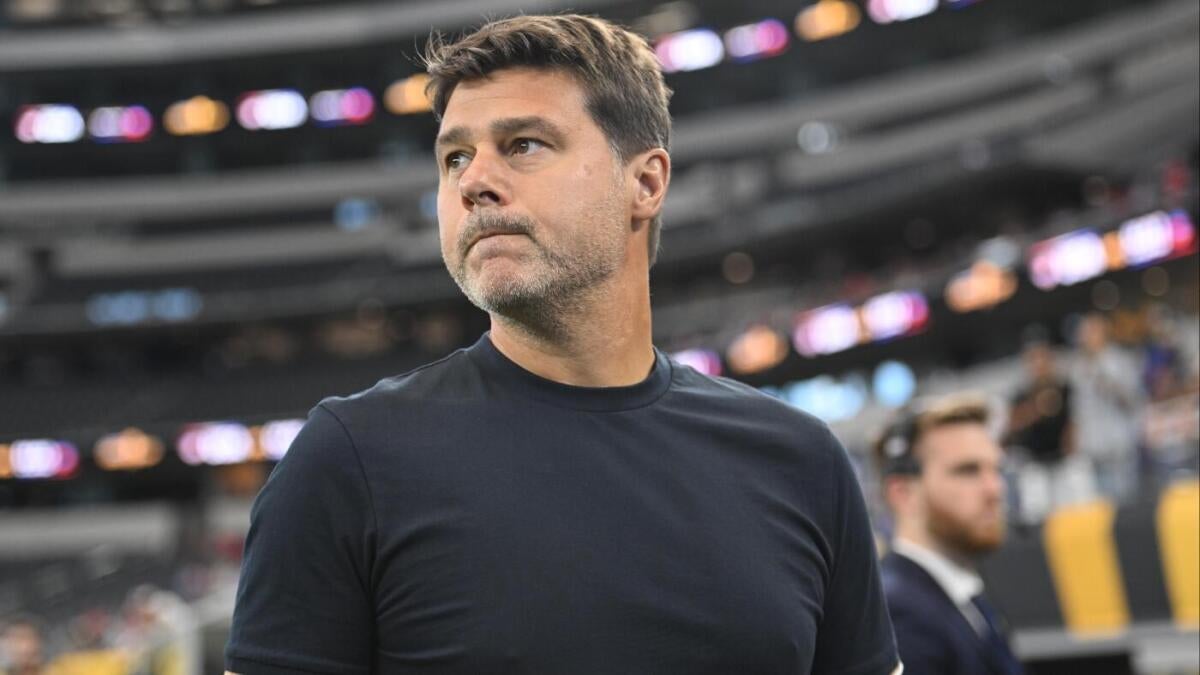Mauricio Pochettino’s appointment as head coach of the U.S. Men’s National Team (USMNT) in 2024 marks a pivotal moment in American soccer. Tasked with guiding the team toward success in the 2026 FIFA World Cup, which the United States will co-host, Pochettino’s leadership has sparked anticipation, scrutiny, and complex challenges. His tenure raises critical questions about tactical philosophy, squad dynamics, and the broader trajectory of U.S. Soccer.
A Vision Rooted in Experience and Ambition
At 52, Pochettino brings a wealth of experience from managing top European clubs like Tottenham Hotspur and Chelsea. His reputation for nurturing young talent, enforcing tactical discipline, and fostering team cohesion positions him as a transformative figure for the USMNT. His long-term vision aims to elevate the United States to a top international ranking within five to ten years, a goal that aligns with the growing ambitions of U.S. Soccer.
Pochettino’s strategy involves integrating players from both Major League Soccer (MLS) and European leagues, creating a competitive environment that pushes players to perform at their peak. This approach not only deepens the squad’s tactical flexibility but also ensures that the best talent is available for selection. His emphasis on structured development and strategic planning reflects a commitment to sustainable success rather than short-term gains.
Tactical Style: A Balancing Act Between Patience and Pace
Pochettino’s coaching style is characterized by a deliberate, possession-oriented approach, prioritizing structured build-up play over rapid counterattacks. This method contrasts with the USMNT’s traditional reliance on athleticism and quick transitions, raising questions about the team’s ability to adapt. The challenge lies in balancing Pochettino’s tactical preferences with the natural strengths of American players.
Early signs suggest that the USMNT is undergoing a period of adjustment, learning to modulate tempo and embrace a more calculated rhythm without sacrificing their inherent speed and energy. Pochettino’s ability to blend these elements will be crucial in preparing the team for the demands of a home World Cup. His experience in European football provides a valuable perspective, but integrating it with the USMNT’s unique playing style will require patience and adaptability.
Navigating Squad Selection and Internal Dynamics
Pochettino is known for making bold roster decisions to maintain high standards and foster competition. His selections have included omitting established players like Josh Sargent and managing star figures such as Christian Pulisic. Pulisic’s public disagreement with Pochettino’s decisions, including his absence from certain friendlies, highlights the tensions that can arise from such choices.
Managing these internal dynamics is essential for team harmony. Pochettino’s resolute stance as head coach underscores his commitment to authority and a coherent team strategy. However, balancing individual egos with collective goals is a delicate task that requires diplomatic skill. His ability to navigate these relationships will be key to building a cohesive and motivated squad.
Media Narratives and Public Perception
Since taking over, Pochettino has faced persistent rumors about his future, including speculative links to Premier League clubs like Brentford and Tottenham Hotspur. Despite these distractions, he has consistently denied interviewing for other positions, emphasizing his dedication to the USMNT and the upcoming 2025 Gold Cup and World Cup preparations.
These reports have tested his ability to maintain focus and inspire confidence among fans and players. His outspoken dismissal of such rumors signals a professional intent to avoid distractions and signals his ambition to invest fully in the US project. However, the media’s scrutiny and the constant speculation about his future could potentially undermine his efforts if not managed effectively.
Challenges and Opportunities Ahead
Pochettino’s tenure begins at a critical juncture for U.S. soccer. The team seeks reinvigoration after underwhelming performances, including early exits from tournaments like the Copa America. With only two years until the 2026 World Cup, time is of the essence. Integrating youth prospects while ensuring experienced leaders provide stability is a complex balancing act.
Additionally, aligning players from diverse backgrounds—MLS vs. Europe, different playing styles, and competitive experiences—presents both a challenge and an opportunity to build a versatile and resilient squad. The influx of financial backing and organizational ambition from U.S. Soccer, including support from affluent stakeholders, provides resources that can bolster infrastructure and competitive edge. Pochettino’s strategic mindset and experience with elite players could leverage these assets effectively.
Conclusion: A New Era of Ambition with Complex Realities
The hiring of Mauricio Pochettino represents a bold, strategic move by U.S. Soccer to elevate the men’s national team onto the world stage with a fresh tactical identity and a strong managerial pedigree. His challenge transcends mere coaching; it involves reshaping a nation’s soccer culture, developing a golden generation, and harnessing both talent and temperament for sustained success.
While his deliberate style may initially contrast with the USMNT’s traditional strengths, the potential for growth and refinement is significant. Navigating internal dynamics, media pressures, and the impending World Cup timeline will require deft leadership. Ultimately, Pochettino’s tenure will be judged not just by results, but by how he crafts a cohesive, competitive team that embodies a new era of American soccer—one capable of competing at the highest level and inspiring a nation passionate for the beautiful game.












